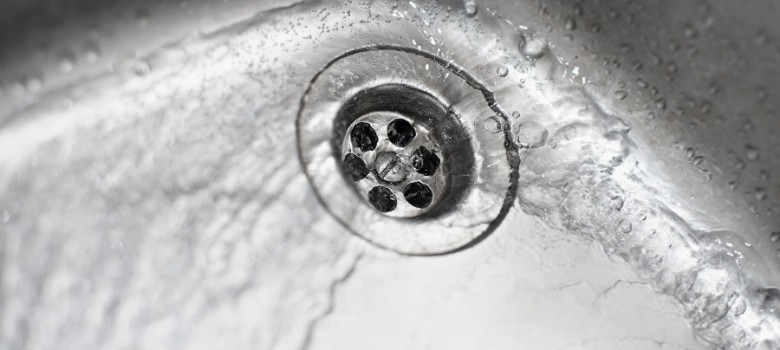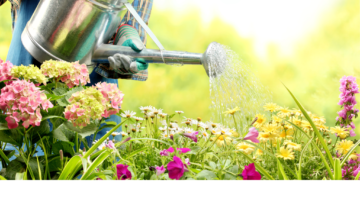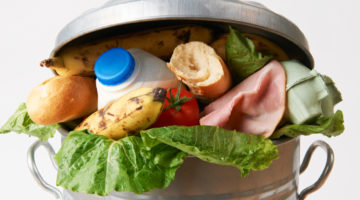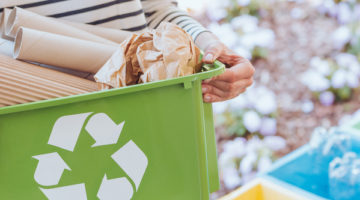
What is Embedded Water?
Despite being constantly replenished by the water cycle, accelerated population growth in recent times is dramatically increasing water demand, which as a result is putting excessive pressure on global fresh water supply. We know we need to stop wasting water by using things like water butts and turning off the tap while we brush our teeth, but what about all the water use to make things we eat and use – that never seems to be considered.
There is obviously the water we use on a daily basis for drinking and washing and flushing away waste which equates to about 150 litres per day. This is the publicised number you may hear about, but sadly this only tells half the story.
When a product gets made, normally there is an enormous amount of water used to produce it. This is known as the embedded water (or virtual water); for example to produce 1kg of beef it actually requires about 15,400 litres of water, when you take into account that you need to grow the crops to feed the cow, the cow needs to drink, and it will also be eating roughages such as grass (which needs water to grow).
15,400 litres of our precious fresh water for just 1kg of meat.
Unfortunately, pretty much every item we use needs an incredible volume of water to produce it. In fact, if we took into account the embedded water we ‘use’ on a daily basis, the UK average use per day goes up from 150 litres per day to 3,400 litres (a 2300% increase).
This 3,250 litres of additional water is made up of about 70% from food production and about 30% from industrial goods.
Types of embedded water
The water embedded in a product can be further categorised into green, blue and grey water. Green water is soil water derived directly from rainfall, so can be considered free and its use unproblematic, since it is most often used directly where it falls.

Grey water is the water that becomes polluted as a result of producing goods, which can be further broken down into two sorts. Firstly you get the waste water directly from producing products, but also grey water consists of the freshwater required to dilute the polluted water to allow it to be discharged into the natural water system.
For example taking the 1kg of beef example, of the 15,400 litres of water used to produce it, 94% of this can be considered green water, 4% blue and the remainder grey water.
What can we do to help?
There is little direct action you can take to lower your embedded water consumption; since it is unlikely you actually produce most of the products you use on a daily basis.
It is good however to be aware that certain products use significantly more virtual water than others and try to limit your use of these as far as you can.
Unfortunately this is made more complicated by similar products having different levels of embedded water. For example farming techniques may vary or two places may have different climates. In fact different species of the same plant can have vastly different water requirements. However, below are some general good practises to take on board when you are in the supermarket and out and about.
Meat versus non-meat food products
Sadly for meat lovers, all meat products have a higher embedded water quantity. It is estimated that to produce 1kg of beef, 15,400 litres of water are required while only(!!) 1,000 litres of water is used to produce 1kg of wheat.
Beef is one of the worst offenders though; sheep (including lamb) uses about 10,400 litres to produce one kg, pork has an average global water footprint of 5,990 litres per kg and chicken comes out best at 5,500 litres per kg.
Cereals
Cereal grains account for about 60% of global food production, of which wheat, maize and rice account for about 75% of that total.
Paddy rice requires about 1,670 litres of water to produce per kilogram, but to get this into the refined form that we are used to actually means that the embedded water in a kilogram of white rice is more like 2,500 litres per kilogram.
The average water to create one kilogram of maize is 1,220 litres, however this varies considerably depending where it is produced, for example in the USA it is only 760 litres per kg, while in India it is more than three times as much at 2,540 litres of water to produce a kg.
Wheat takes about 1,827 litres of water to produce a kg.
Wine versus Beer
If a bottle of wine is 700ml, it has an embedded water content of 870 litres of water. A litre of beer on the other hand requires 298 litres of water, so 208 litres for equivalent 700ml. Therefore beer is better for environment (in terms of water usage). You can try using that when you are trying to convince the wife that one more pint is a good idea!
Industrial Products
The virtual water used to create industrial products is much more complicated to calculate. For example, if you were to take a car and find the embedded water you need to consider all the different materials used to produce it – we have attempted this below, as well as a few other products:
- A sheet of paper contains about 10 litres of embedded water
- A pair of jeans contains 10,850 litres of embedded water.
- A car contains between 500,000 and 1,000,000 litres of embedded water.
Think we missed something? Do you have a different opinion?
Comment below to get your voice heard…












‘when you are trying to convince the wife that one more pint is a good idea’
Really? In this day and age? Do you really think that it’s only men who might be reading this?